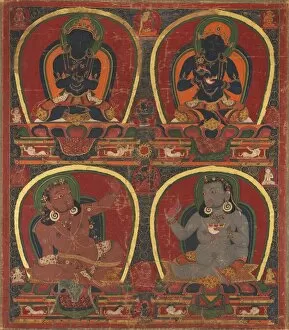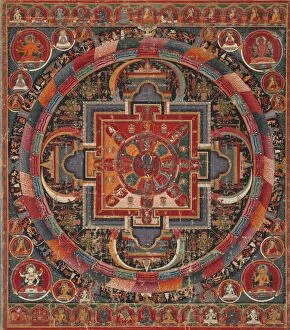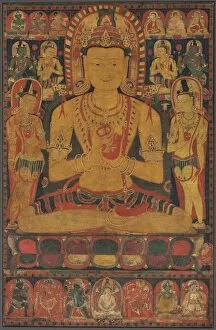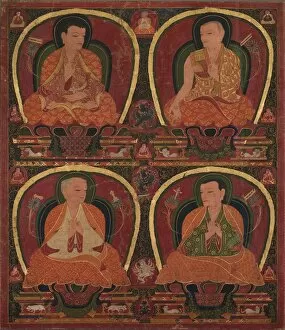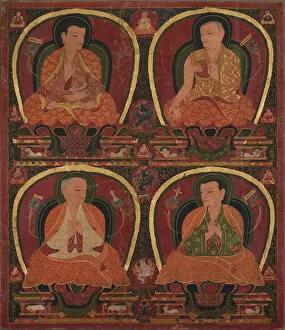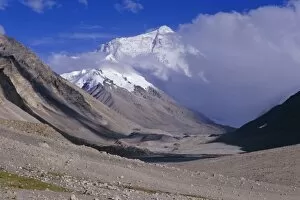Central Tibet Collection
Embark on a spiritual journey through Central Tibet, land of holiness and enlightenment
All Professionally Made to Order for Quick Shipping
Embark on a spiritual journey through Central Tibet, land of holiness and enlightenment. Witness the breathtaking beauty of the Mansar Lake, a sacred site engraved with ancient mythology. Delve into the mystical world of Vajradhara, Nairatmya, and Mahasiddhas Virupa and Kanha, depicted in a 15th-century engraving. Be inspired by the wisdom of Tsong Khapa, founder of the Geluk Order, as seen in this unknown 15th-century portrait. Marvel at the intricate details of the Twenty-three Deity Nairatma Mandala, a testament to Tibetan artistry from the 14th century. Contemplate the divine presence of Tantric Buddha Vairochana, captured in this 1150-1200 sculpture. Gain insight from the teachings of two unknown lamas in this 1300 portrait. Experience the profound peace and tranquility of the Four Seated Masters at Ngor Monastery. Stand in awe of the majestic North side of Mount Everest, as seen from Rongbuk Monastery, and let the spiritual energy envelop you.


